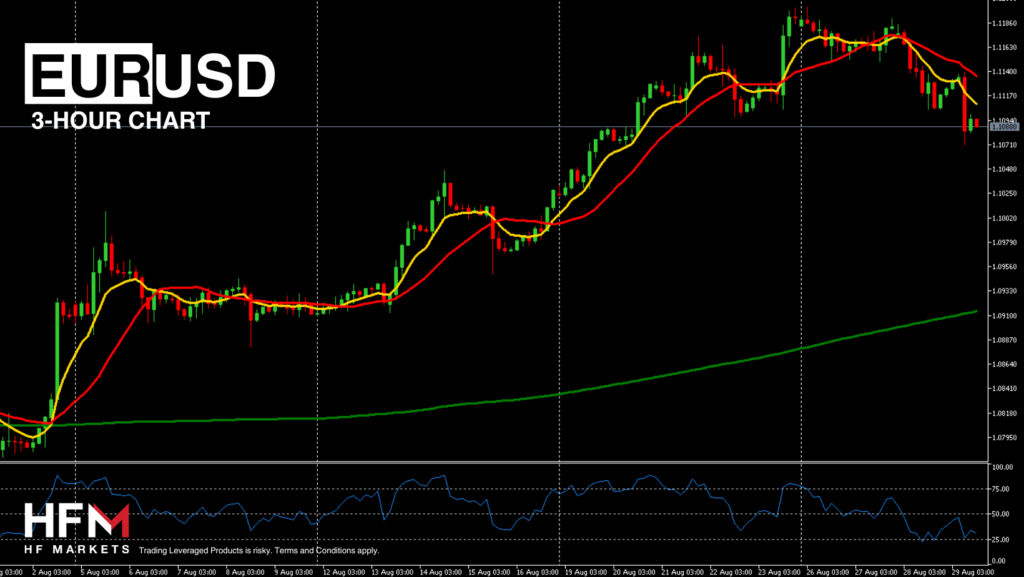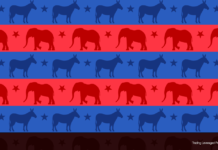While it is easier to determine how a Trump-Presidency will support certain stocks while a Harris-Presidency will support others, the influence on the US Dollar is less obvious. Markets might initially welcome a Trump victory due to expectations of pro-business policies, however trade disputes could be a game-changer.
If either candidate imposes tariffs and initiates a trade war, it could positively impact the currency. Recent surveys show that new tariffs and trade wars are more popular amongst Americans compared to the past decade. During President Trump’s previous term, trade wars triggered a lower risk appetite, a weaker stock market but a stronger Dollar. Between February 2018 to 2020, the US Dollar Index at one point was almost 17% higher.
However, it is important for traders to understand that it is not necessarily the election itself that will trigger a trend but the domino effect thereafter. For example, whether the new President will push for more tariffs, expansionary policies, lower taxes and lower fuel prices. Though another major factor will be the Federal Reserve and interest rates, which the President holds no control over.
Normally, the Federal Reserve looks to make no changes in the months coming up to elections. This is in order to avoid influencing voters’ decisions. However, it is almost certain this time that the Federal Reserve will adjust interest rates in September a few weeks before the election. According to most economists, the Federal Reserve is likely to cut interest rates by 0.25% over the next 3 rate decisions. This would be a total of 75 basis points. However, the Chicago exchange advises there is a 25% chance of there being a 0.50% cut, 25% chance of a 1.00% cut and a 4% chance of a 1.25% cut by the end of the year. The Fed also confirmed that in July, the heads of the Federal Reserve Banks of Chicago and New York chose to reduce the key rate by 25 basis points, though the majority of officials chose to maintain the borrowing cost at its current level.
Economic data and interest rates are still likely to be the main price drivers regardless of the election. However, before the election certain price movements may be weaker while after investors may be more comfortable to react. Yesterday, the consumer confidence index data for August was released, showing a stronger-than-expected performance. The index increased from 101.9 to 103.3 points, surpassing the anticipated 100.9 points, indicating that households remain confident in the national economy’s recovery prospects, which has bolstered the dollar’s position against its main competitors.
For this reason, many traders evaluate technical analysis and order flow tools such as footprint charts and the VWAP. However, the elections will make investors rethink their trading plan and reward to risk ratio to allow more space for volatility. Also investors may take into consideration scaling in and out of trades at a wider entry during high volatility.
Click here to access our Economic Calendar
Andria Pichidi
Market Analyst
Disclaimer: This material is provided as a general marketing communication for information purposes only and does not constitute an independent investment research. Nothing in this communication contains, or should be considered as containing, an investment advice or an investment recommendation or a solicitation for the purpose of buying or selling of any financial instrument. All information provided is gathered from reputable sources and any information containing an indication of past performance is not a guarantee or reliable indicator of future performance. Users acknowledge that any investment in Leveraged Products is characterized by a certain degree of uncertainty and that any investment of this nature involves a high level of risk for which the users are solely responsible and liable. We assume no liability for any loss arising from any investment made based on the information provided in this communication. This communication must not be reproduced or further distributed without our prior written permission.




















